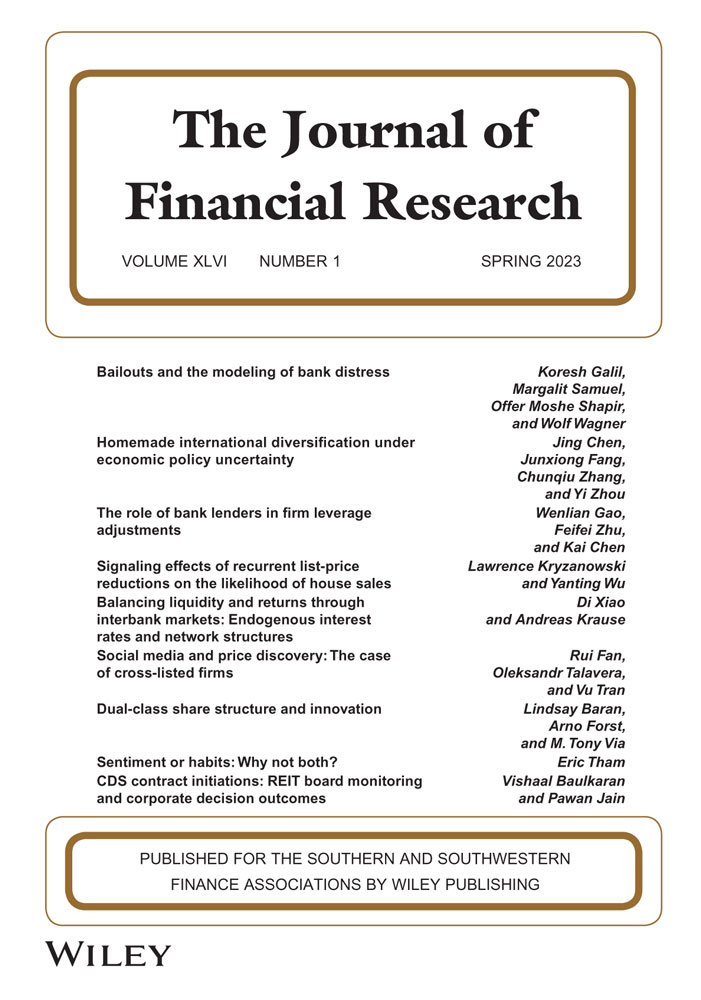
Market-implied Ratings and Their Divergence from Credit Ratings
In this article, we investigate the divergence between credit ratings (CRs) and Moody's market-implied ratings (MIRs). Our evidence shows that rating gaps provide incremental information to the market regarding issuers' default risk over CRs alone in the short horizon and outperform CRs over extended horizons. The predictive ability of rating gaps is greater for more opaque and volatile issuers. Such predictability was more pronounced during the 2008 financial crisis but weakened in the post-Dodd-Frank Act period. This finding is consistent with credit rating agencies' efforts to improve their performance when facing regulatory pressure. Moreover, our analysis identifies rating-gap signals that do (do not) lead to subsequent Moody's actions to place issuers on negative outlook and watchlists. We find that negative signals from MIR gaps have a real economic impact on issuers' fundamentals such as profitability, leverage, investment, and default risk, thus supporting the recovery-efforts hypothesis.





